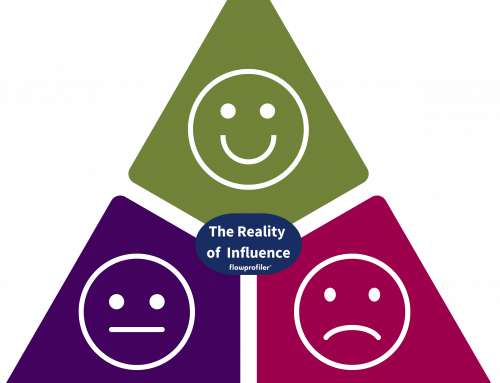Burnout is a serious condition that arises from chronic workplace stress and can affect various aspects of your life. It’s essential to recognise the signs early on to prevent its detrimental impact on your physical, emotional, and mental well-being. In this article, we explore 10 common signs of burnout, backed by research and expert opinions, along with practical strategies to overcome each one.
It’s essential to recognise the signs early on to prevent its detrimental impact on your physical, emotional, and mental well-being. In this article, we explore 10 common signs of burnout, backed by research and expert opinions, along with practical strategies to overcome each one.
1. Physical Exhaustion
One of the most evident signs of burnout is feeling physically drained and fatigued, even after a full night’s sleep. This can result in decreased energy levels, sluggishness, and frequent illness.
Solution: Prioritise self-care, including regular exercise, sufficient sleep, and a balanced diet. Engage in relaxation techniques like meditation or deep breathing to manage stress.
2. Emotional Detachment
If you find yourself emotionally disconnected from your work or personal life, it could be a sign of burnout. You may feel indifferent, cynical, or detached from activities you once enjoyed.
Solution: Cultivate emotional resilience by seeking social support from friends and family. Engage in hobbies that bring you joy, helping to reconnect with positive emotions.
3. Reduced Performance
Burnout often leads to decreased productivity and engagement at work, causing you to struggle with tasks that were once manageable.
Solution: Break tasks into smaller, manageable steps and set realistic goals. Delegate tasks when possible and communicate openly with your supervisor about your workload.
4. Cognitive Impairment
Burnout can negatively affect cognitive function, leading to forgetfulness, difficulty concentrating, and impaired decision-making.
Solution: Implement time management techniques, like the Pomodoro Technique, to enhance focus. Practice mindfulness to improve cognitive clarity and reduce mental clutter.
5. Increased Irritability
Burnout can heighten irritability, making you more prone to frustration, anger, and conflict in both personal and professional relationships.
Solution: Incorporate stress-reduction activities into your routine, such as yoga or journaling. Develop effective communication skills to manage conflicts more constructively.
6. Loss of Enjoyment
A notable sign of burnout is the inability to find joy or satisfaction in activities that once brought you pleasure.
Solution: Engage in activities that promote relaxation and creativity, like art or music. Make time for hobbies that allow you to disconnect from work-related stressors.
7. Physical Symptoms
Physical manifestations of burnout include headaches, muscle tension, and gastrointestinal problems due to the body’s response to chronic stress.
Solution: Practice relaxation techniques like progressive muscle relaxation and ensure you take regular breaks during the day to stretch and move.
8. Neglected Self-Care
Burnout often leads to neglecting self-care routines, which can further exacerbate the symptoms.
Solution: Schedule regular self-care activities in your calendar, such as spa days, walks in nature, or reading a book. Treat these activities with the same importance as work commitments.
9. Decreased Satisfaction
Feeling unfulfilled despite accomplishments can be a sign of burnout. You might question the value of your work or feel trapped in your current situation.
Solution: Set aside time to reflect on your accomplishments and the positive impact of your work. Consider seeking career counselling to explore new avenues if necessary.
10. Isolation
Burnout can lead to social withdrawal and isolation, as interacting with others might feel overwhelming.
Solution: Make an effort to maintain social connections, both inside and outside of work. Join clubs or groups related to your interests to foster new connections.

Recognising the signs of burnout is crucial for preserving your well-being. By addressing these signs early on and implementing strategies to manage burnout, you can create a healthier work-life balance and foster long-term resilience.
Remember, seeking professional help from a therapist or counsellor is important if you’re struggling with severe burnout symptoms. This article provides general suggestions and should not replace personalised medical advice.
Sources and References:
- Maslach, C., Schaufeli, W. B., & Leiter, M. P. (2001). Job burnout. Annual Review of Psychology, 52, 397-422.
- Mayo Clinic Staff. (2019). Job burnout: How to spot it and take action. Mayo Clinic.
- American Psychological Association. (2020). How to keep burnout in check. Psychology Today.
- Harvard Health Publishing. (2020). Burnout: Protecting yourself from exhaustion. Harvard Medical School.



